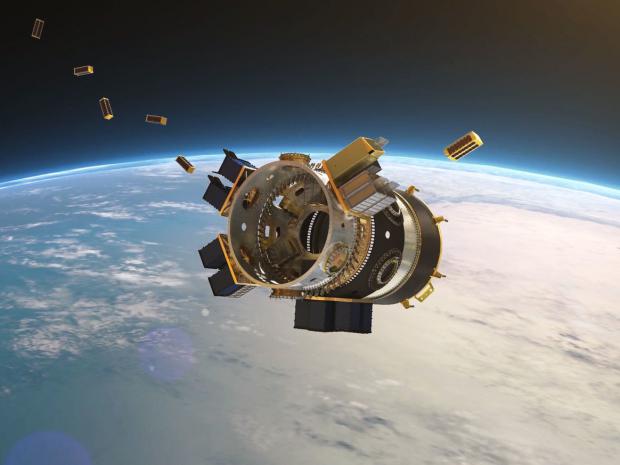
Breaking News
 Crypto Crackdown: Bitcoin Entrepreneur Entrapped by Feds
Crypto Crackdown: Bitcoin Entrepreneur Entrapped by Feds
 Chemtrail Witnesses Are Being Killed - Conspiracy or are they hiding something?
Chemtrail Witnesses Are Being Killed - Conspiracy or are they hiding something?
 BREAKING: President Trump just revealed that Vladimir Putin told him our mail-in voting...
BREAKING: President Trump just revealed that Vladimir Putin told him our mail-in voting...
Top Tech News
 Chinese Scientists Produce 'Impossible' Steel to Line Nuclear Fusion Reactors in Major Break
Chinese Scientists Produce 'Impossible' Steel to Line Nuclear Fusion Reactors in Major Break
 1,000 miles: EV range world record demolished ... by a pickup truck
1,000 miles: EV range world record demolished ... by a pickup truck
 Fermented Stevia Extract Kills Pancreatic Cancer Cells In Lab Tests
Fermented Stevia Extract Kills Pancreatic Cancer Cells In Lab Tests
 3D printing set to slash nuclear plant build times & costs
3D printing set to slash nuclear plant build times & costs
 You can design the wheels for NASA's next moon vehicle with the 'Rock and Roll Challenge
You can design the wheels for NASA's next moon vehicle with the 'Rock and Roll Challenge
 'Robot skin' beats human reflexes, transforms grip with fabric-powered touch
'Robot skin' beats human reflexes, transforms grip with fabric-powered touch
 World's first nuclear fusion plant being built in US to power Microsoft data centers
World's first nuclear fusion plant being built in US to power Microsoft data centers
 The mitochondria are more than just the "powerhouse of the cell" – they initiate immune...
The mitochondria are more than just the "powerhouse of the cell" – they initiate immune...
 Historic Aviation Engine Advance to Unlock Hypersonic Mach 10 Planes
Historic Aviation Engine Advance to Unlock Hypersonic Mach 10 Planes
 OpenAI CEO Sam Altman Pitches Eyeball-Scanning World ID to Bankers
OpenAI CEO Sam Altman Pitches Eyeball-Scanning World ID to Bankers
THE SPACEX 'CLOWN CAR' LAUNCH ACTUALLY WORKED--HERE'S HOW

Not, like, the bird of prey. Like the big SpaceX rocket that, similar to its avian namesake, swoops back down to Earth once it's done its job. Buying the full capacity of such a big launcher is like booking out the town's largest, schmanciest bar: You really hope people will come to your party, and also that they'll pay their own tabs.
It was a little naive, Blake admits. But Spaceflight had a job to do, and a Falcon 9 seemed the way to do it. Spaceflight is a launch broker that, not unlike a travel agency, takes care of gritty takeoff details for satellite makers. The company wanted—needed—to launch a lot of small satellites. At the time, around 2015, there weren't many other options. Russia had invaded Crimea, making missions from there more difficult. India, which now holds the record for most satellites launched in one go, hadn't yet launched "secondary payloads," or a big ol' rocket rideshare, en masse. And smaller rockets, like Rocket Lab's Electron, were just glimmers in their parents' eyes.
Even before signing the contract with SpaceX, Spaceflight had lined up a bunch of customers, the final list of which included universities, artists, commercial Earth observers, and the military. Soon enough, SpaceX agreed to let the company stuff one of its rockets full of smallsats. Normally, a Falcon might tuck a few smallsats in as secondary payloads alongside a more impressive passenger, but they were never themselves the stars of the show. On the SmallSat Express, though, they were.

 Our Natural Predators
Our Natural Predators

